



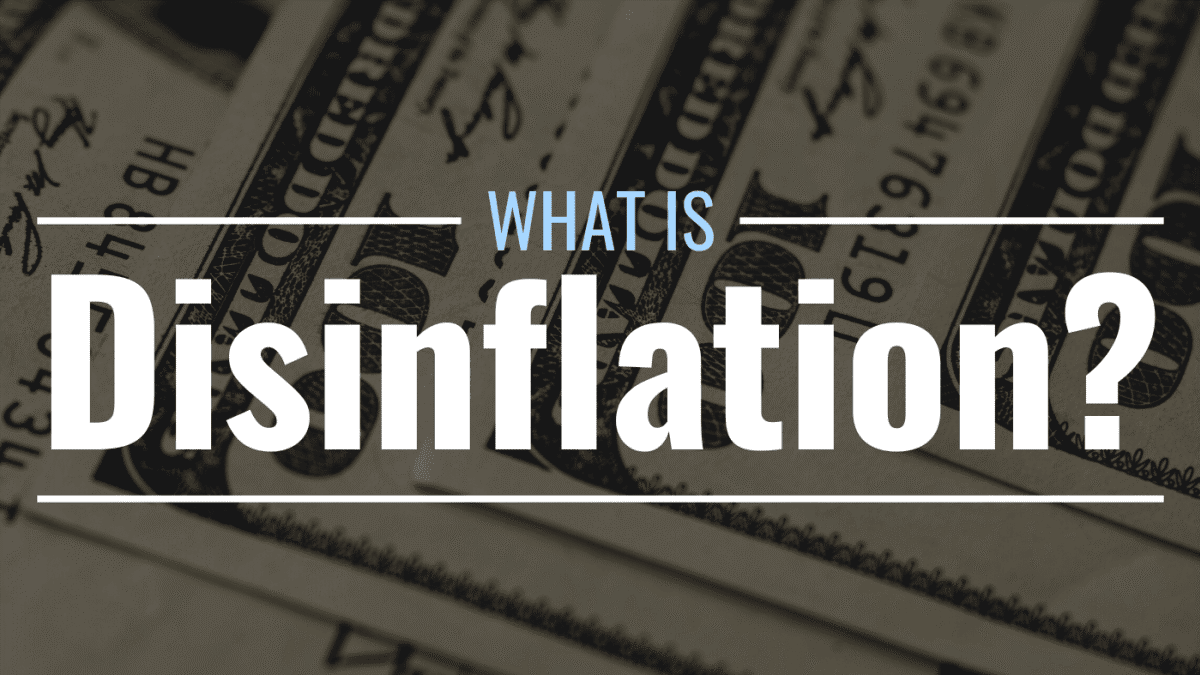

Disclaimer: Copyright infringement not intended.
Context
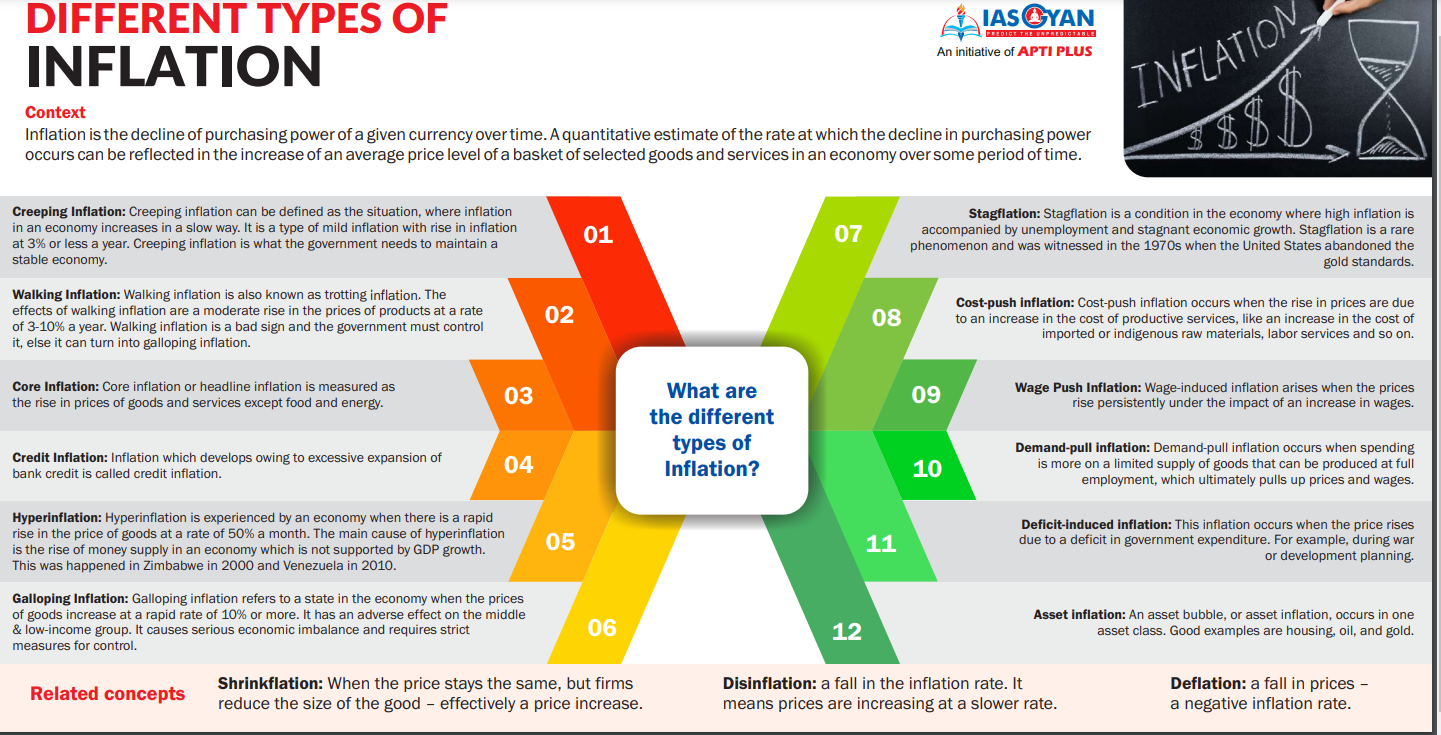
Disinflation
Disinflation refers to a decrease in the rate of inflation, meaning that prices are still rising but at a slower pace. It is not the same as deflation, which is a sustained decrease in the general price level of goods and services. Disinflation is often seen as a positive economic development, as it can help stabilize prices and reduce the impact of inflation on consumers and businesses.
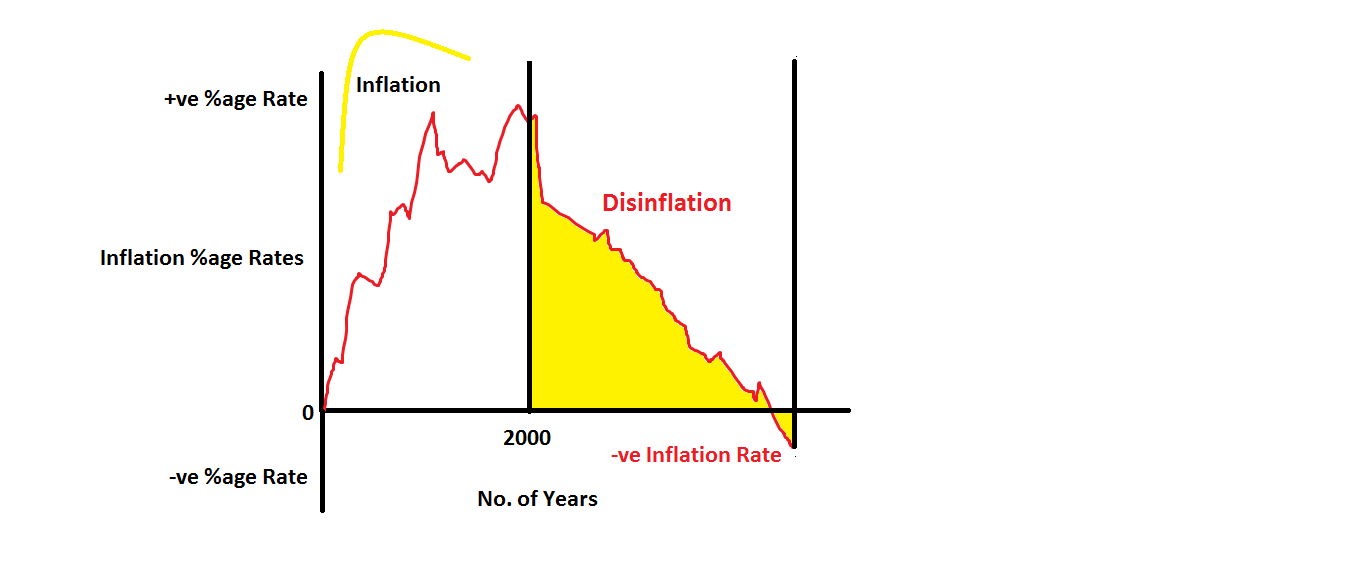
|
Basis |
Disinflation |
Deflation |
|
Meaning |
A temporary decrease in the rate of inflation |
Fall in the general price level |
|
Frequency |
More frequent |
Less frequent |
|
Factors |
Due to a pull-down in the business cycle, the use of tight monetary policy, and more. |
Drop-in consumer spending, investment, money supply, govt. expenditure and more |
|
Example |
Almost every economy goes through this |
The Great Depression in the 1930s |
|
Stock Markets |
May or may not go down or may gain |
Doesn’t perform well |
|
Employment |
May or not be any change in the employment level |
Employment level is below 100%, or the unemployment rises |
|
Supply & Demand |
Supply and demand are more or less the same |
Supply is usually more, and the demand is less |
|
Economy |
Weaker & negative growth rate |
Positive and stable |
|
Time Period |
Continue until the inflation rate is positive or zero |
Continue until the inflation rate is zero |
|
Value of Money |
The real value of money goes up |
The value of money may depreciate |
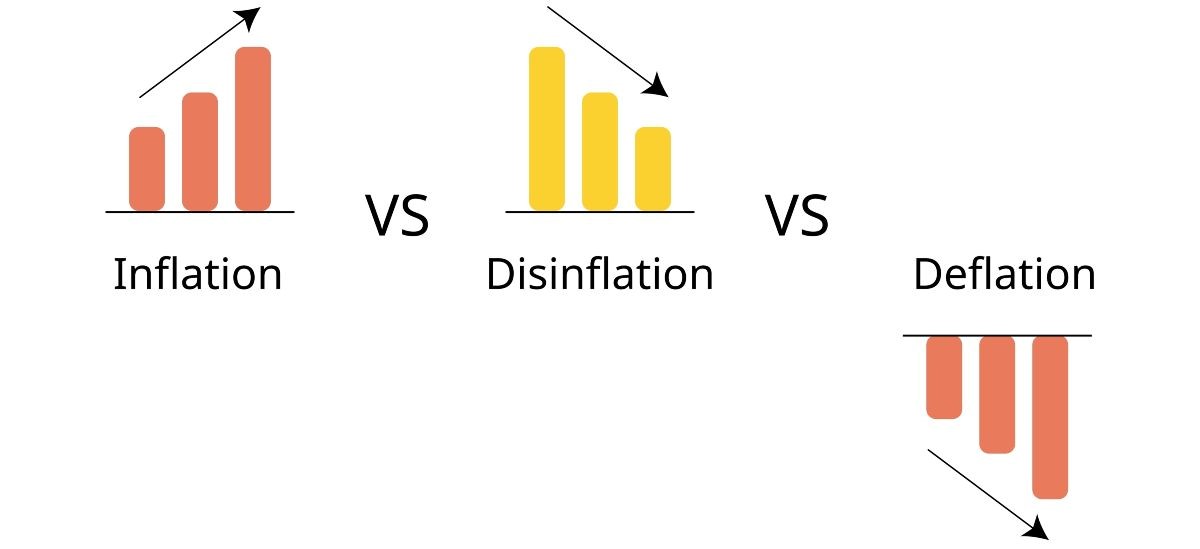
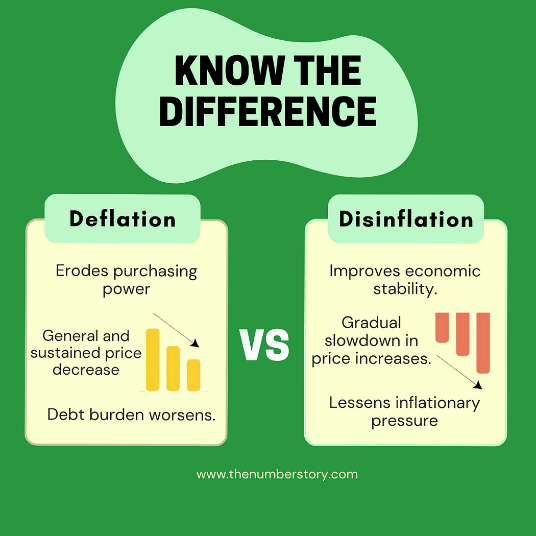
MUST READ
ALL ABOUT INFLATION: https://www.iasgyan.in/blogs/inflation-all-you-need-to-know
IMPORTANT ECONOMIC CURVES:
|
PRACTICE QUESTION Q. Disinflation is best described as: A) A rapid increase in the rate of inflation. B) A sustained decrease in the general price level of goods and services. C) A temporary slowdown in the rate of inflation, where prices still rise but at a slower rate. D) A situation where prices remain stable with no change over time. Answer: C) A temporary slowdown in the rate of inflation, where prices still rise but at a slower rate. |








© 2025 iasgyan. All right reserved